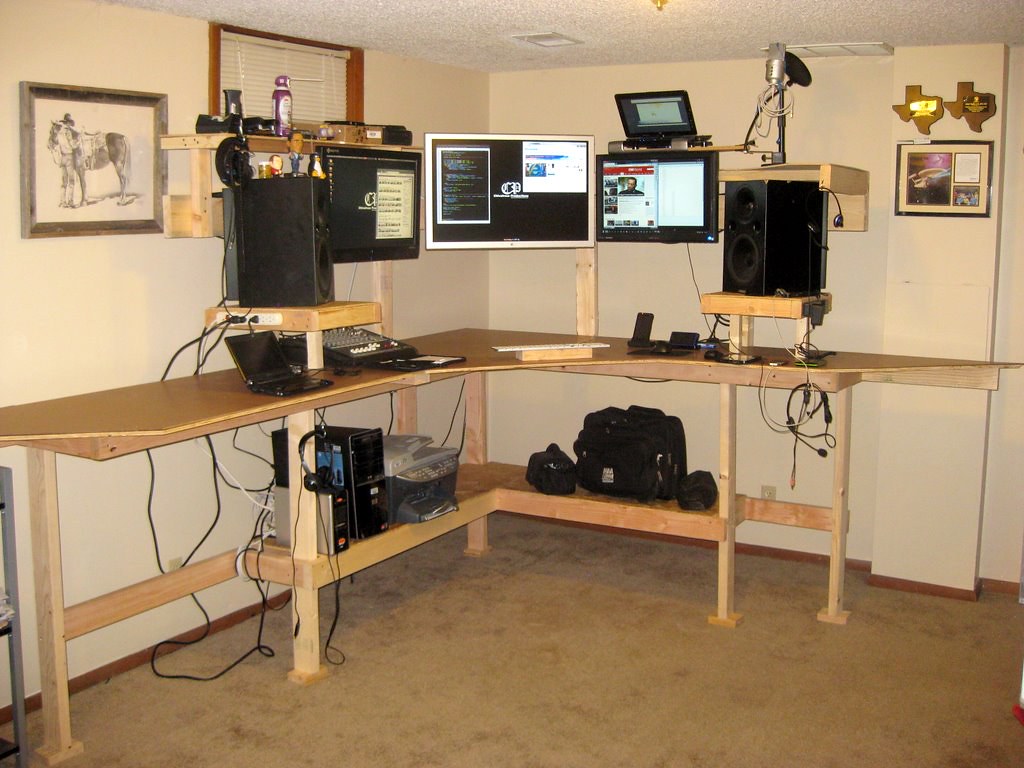Are you looking for a way to be more active during your workday? A standing desk might be the answer. In this article, we’ll explore the advantages and disadvantages of using a standing desk, as well as how to use it correctly.
Advantages of Using a Standing Desk
Improved Posture and Reduced Back Pain
Sitting for long periods can cause poor posture, leading to back pain. Standing desks promote proper posture and reduce the risk of back pain.
Increased Energy and Focus
Standing can help increase blood flow, leading to increased energy and focus. This can result in improved productivity and work performance.
Reduced Risk of Chronic Diseases
Studies have shown that sitting for long periods can increase the risk of chronic diseases such as heart disease and diabetes. Using a standing desk can help reduce this risk.
Burning Calories
Standing burns more calories than sitting. Using a standing desk can burn more calories throughout the day.
Disadvantages of Using a Standing Desk
Leg and Foot Discomfort
Standing for extended periods can cause discomfort in the legs and feet. It’s essential to wear comfortable shoes and take breaks to sit down when needed.
Varicose Veins
Standing for long periods can increase the risk of varicose veins. Taking breaks to sit down and move around is essential to promote healthy blood flow.
Fatigue
Standing for long periods can also cause fatigue. Taking breaks and alternating between sitting and standing throughout the day is essential.
How to Use a Standing Desk
Start Slowly
If you’re new to using a standing desk, starting slowly is essential. Begin by standing for short periods and gradually increase the time you stand each day.
Adjust the Desk to Your Height
It’s important to adjust the desk to your height to ensure proper posture and comfort. The desk should be at a height that allows your arms to be at a 90-degree angle.
Wear Comfortable Shoes
Wearing comfortable shoes can help reduce discomfort in the legs and feet.
Take Breaks
It’s important to take breaks and alternate between sitting and standing throughout the day. This can help reduce discomfort and fatigue.
Conclusion
Standing desks have both advantages and disadvantages. However, when used correctly, they can help improve posture, increase energy and focus, reduce the risk of chronic diseases, and burn calories. If you’re considering using a standing desk, start slowly, adjust the desk to your height, wear comfortable shoes, and take breaks.
FAQs
It’s recommended to start with standing for 30 minutes and gradually increase the time you stand throughout the day.
Yes, standing desks are designed to be used with a treadmill.
A standing desk may be a good option if you experience back pain or want to be more active during your workday.
It’s important to take breaks and alternate between sitting and standing if you have varicose veins to promote healthy blood flow.
Standing for extended periods can cause leg and foot discomfort, varicose veins, and fatigue. Taking breaks and alternating between sitting and standing is essential to reduce these harmful effects.



